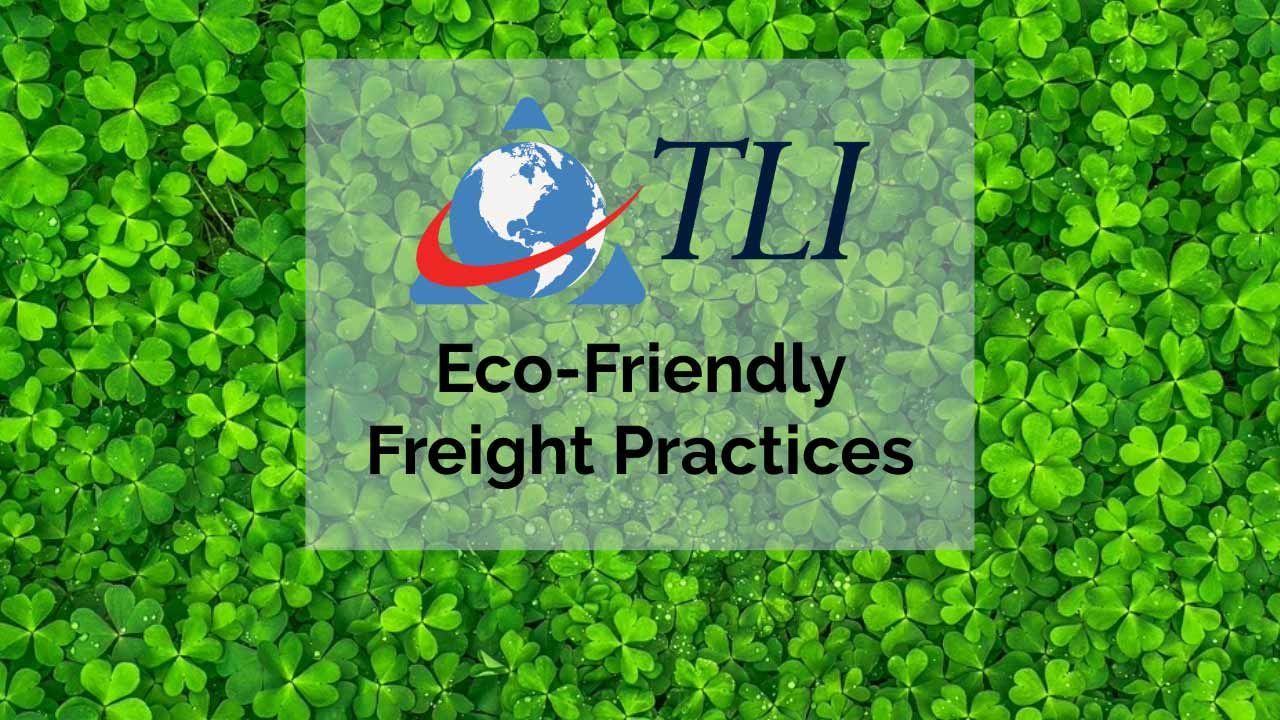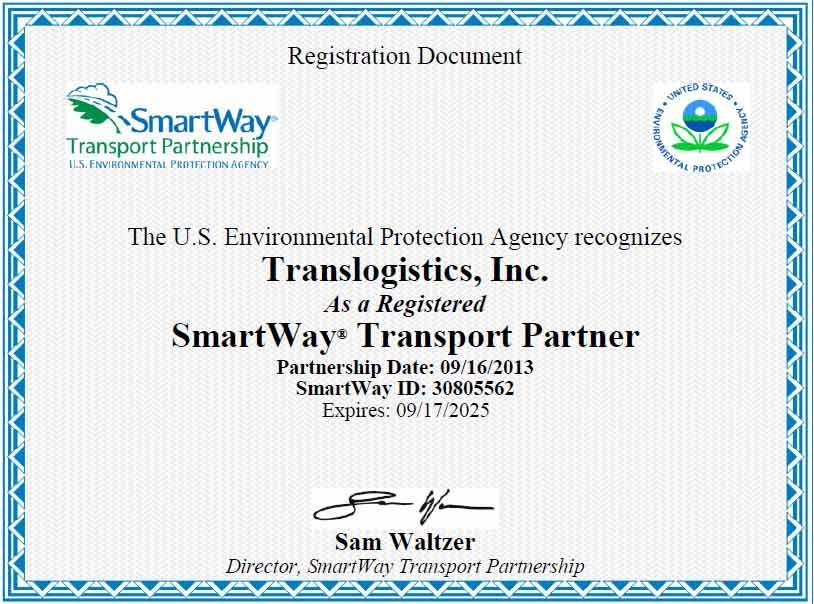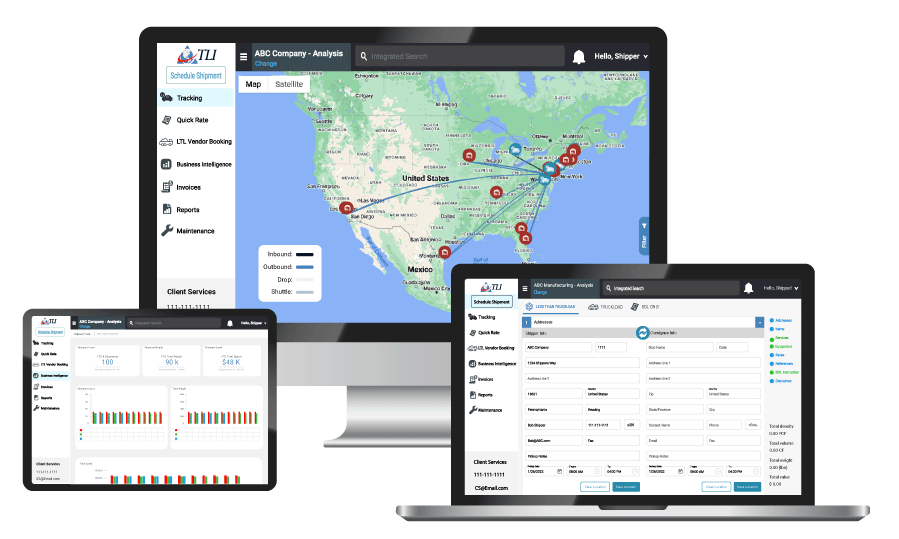Eco-Friendly Transportation Strategies
Sustainability matters more than ever. Customers care. Partners care. And your supply chain should care too. Choosing
eco-friendly freight practices helps the planet
and your bottom line.
With smart tools and the right mindset, your logistics operation can reduce waste, save fuel, and lower emissions. It’s not just about doing good—it’s about doing better business. When most shippers are presented with sustainability initiatives the initial concern is rooted in increased costs, however some sustainability goals can reduce costs when executed properly. Let's explore those options in this brief article.
Consolidate Freight for Fewer Emissions
One of the biggest steps toward eco-friendly freight is consolidation. Half-full trucks waste fuel, time, and money. That’s why ViewPoint
Transportation Management System automatically prompts you to combine shipments.
Our platform flags opportunities to consolidate freight from the same location or direction. It’s fast, easy, and automatic. You’ll use fewer trucks and lower your carbon footprint.
This also helps cut down on packaging waste. Fewer shipments mean less dunnage, fewer boxes, and simpler receiving processes. Your warehouse team will thank you too.
If you can not consolidate freight into a multi-stop load with your own freight, just delegate it to TLI. TLI can always book a
partial load for you and consolidate your freight with other shippers.
Use SmartWay Certified Partners
Make Vendors Part of the Sustainable Solution
Sustainability isn’t just your job—it’s everyone’s. TLI’s
Inbound Vendor Portal holds vendors accountable. They can log into the TMS, see the least cost and most efficient carrier, and ship smarter.
Many vendors already use returnable packaging. Some reuse pallets and dunnage. Encourage this as it may also reduce the risk of a
freight claim. Set expectations clearly through the shipping portal and track who follows through.
TLI makes it easy to keep vendors aligned. When everyone plays their part, you reduce waste across the entire supply chain—not just your dock doors.
The TMS system has the logic to prompt consolidation of your freight, and likewise it can force least cost provider selection to drive
freight savings.
Analyze and Act on Your Data
Optimize Raw Material & Inventory by Location
Where and when you ship matters. Storing inventory close to your customer cuts miles and emissions.
Use data to place inventory based on turn rate and actual usage.
Consider regional warehouses or DCs to reduce long-haul moves. TLI can provide you heat maps along with the anticipated transportation price impact from these proposed changes. This helps not just the environment—but also your service levels. Faster delivery with less fuel? That’s a win-win.
Timing matters too. Consolidate orders to ship less frequently. A single large shipment beats multiple small ones every time. Your customers may even prefer it.
Spring is the perfect time to audit your inventory. It’s a chance to clear out old stock, shift slow-moving items to less valuable storage space, and focus prime locations on your fast-moving goods. These small adjustments can create big efficiency gains across your operation.
One of the most impressive warehouse setups I’ve seen was designed with productivity in mind from day one. Before the building even went up, the team planned the layout to support a smooth, logical flow of materials. They focused on making raw material storage and inventory placement as efficient as possible to support their production process.
The facility used a smart horseshoe design. Inbound docks were on the left side, and outbound docks were on the right. Once unloaded, inbound goods were quickly moved to the left side of the facility. Frequently used raw materials were placed as close to production as possible. The production area itself sat in the back right of the building. When goods were finished, they flowed directly into inventory storage located just behind the outbound docks.
This design wasn’t just about speed. The customer shared that this layout improved accountability, reduced bottlenecks, and significantly increased efficiency. It also made the entire operation safer. Everything had its place, and every move had a purpose—exactly how a warehouse should run.
Prevent Disruptions and Reduce Waste
Eco-friendly freight is also about planning ahead. Delays cause waste. Late parts mean emergency shipments. And those last-minute trucks often burn more fuel per pound.
Make sure production gets what it needs—when it needs it. Track vendor reliability. Use data to build buffer stock where
tariffs or disruptions might hit next.
Build freight plans that hold up under stress.
Audit frequently. Consolidate always. And remember—eco-friendly freight is a journey, not a one-time fix.






